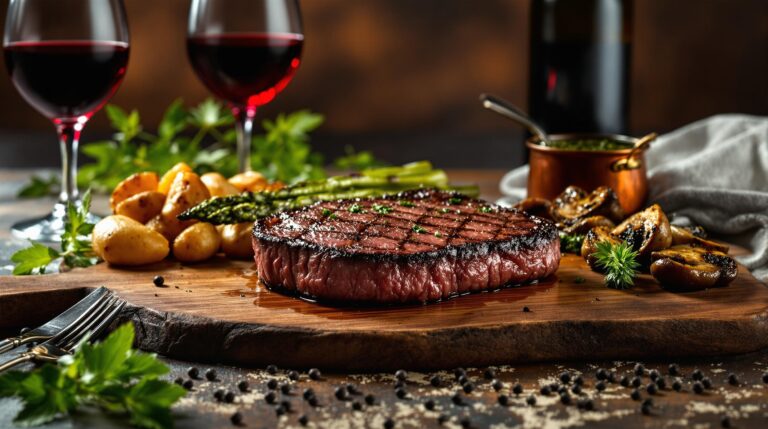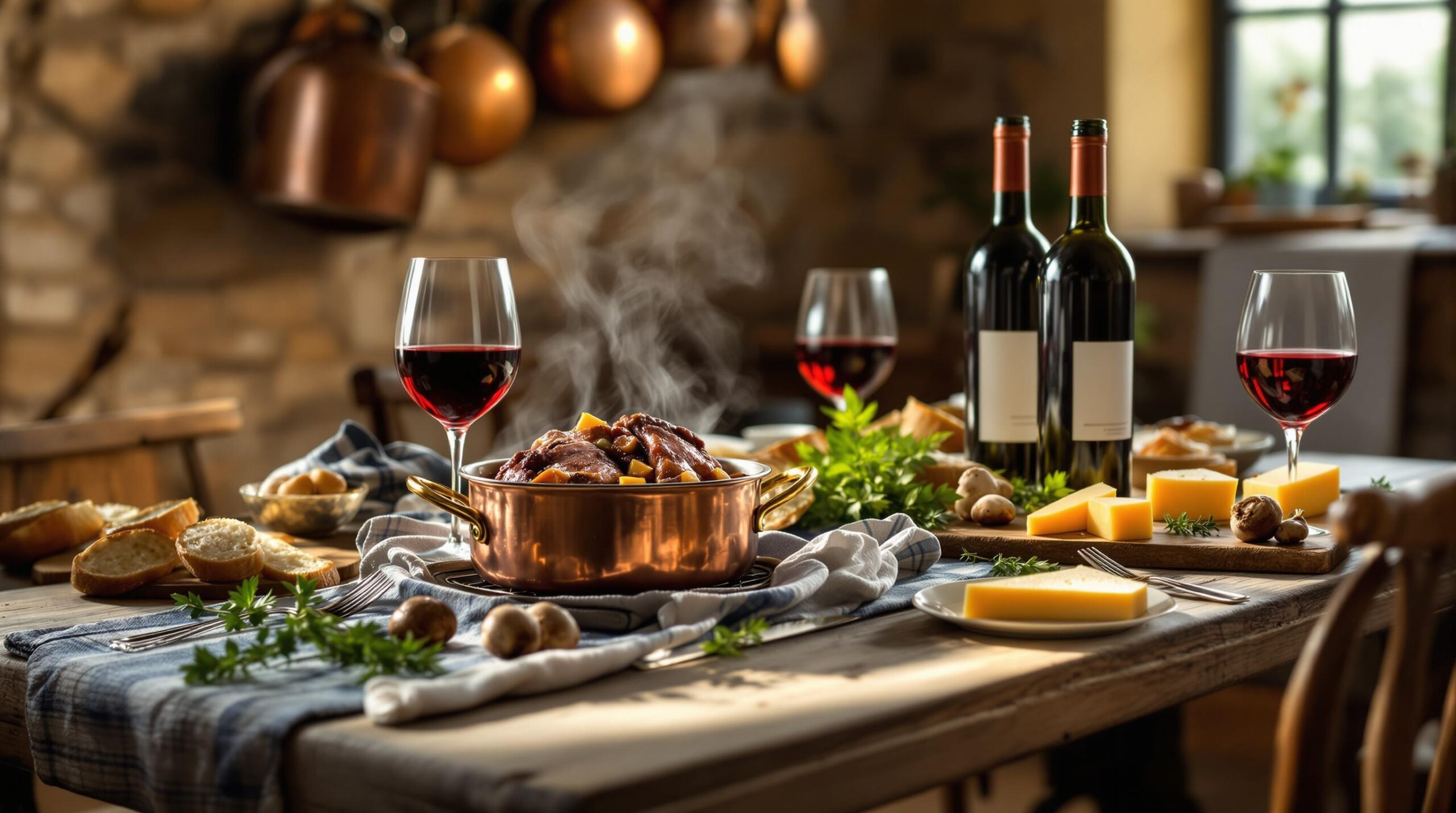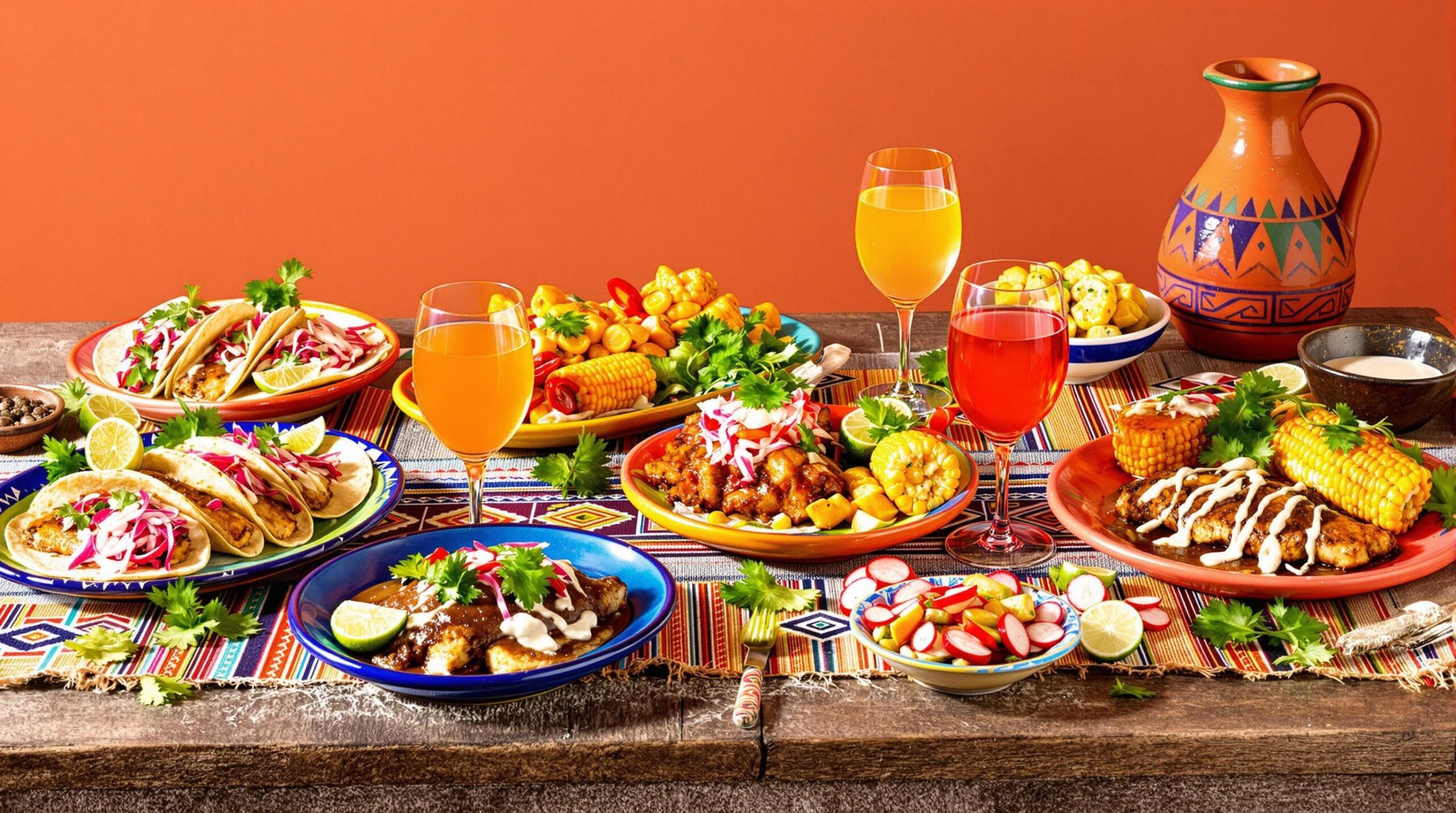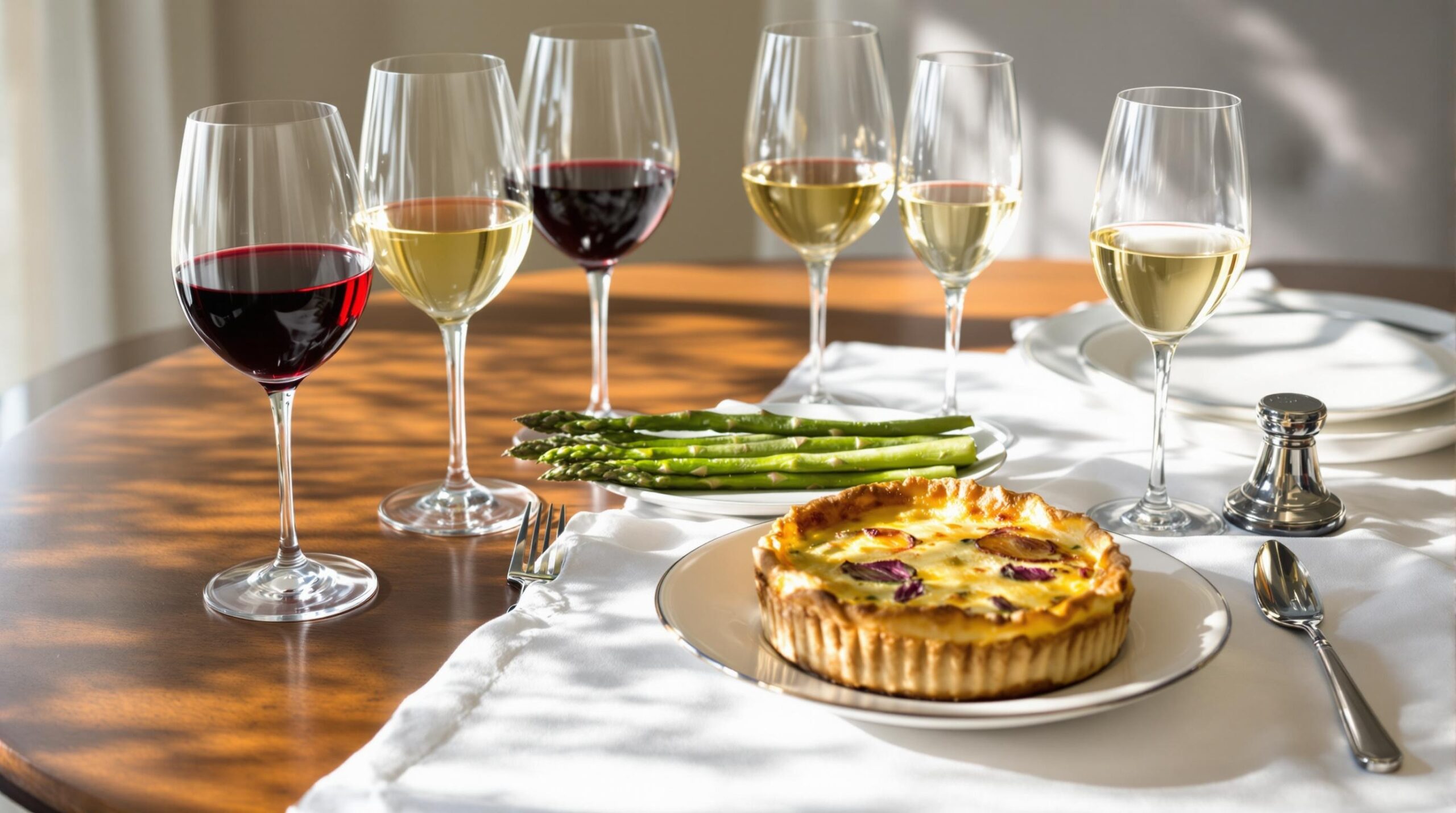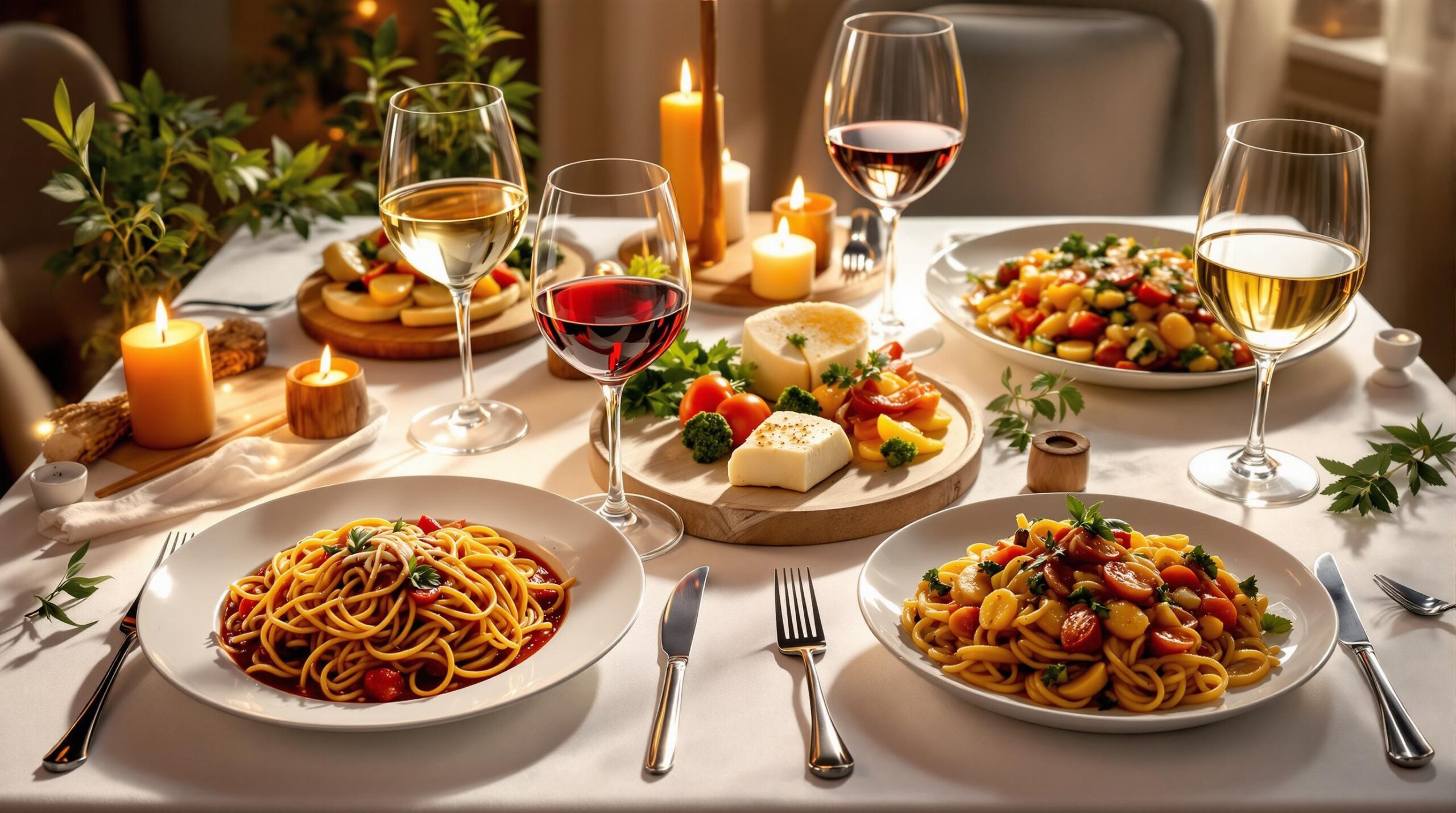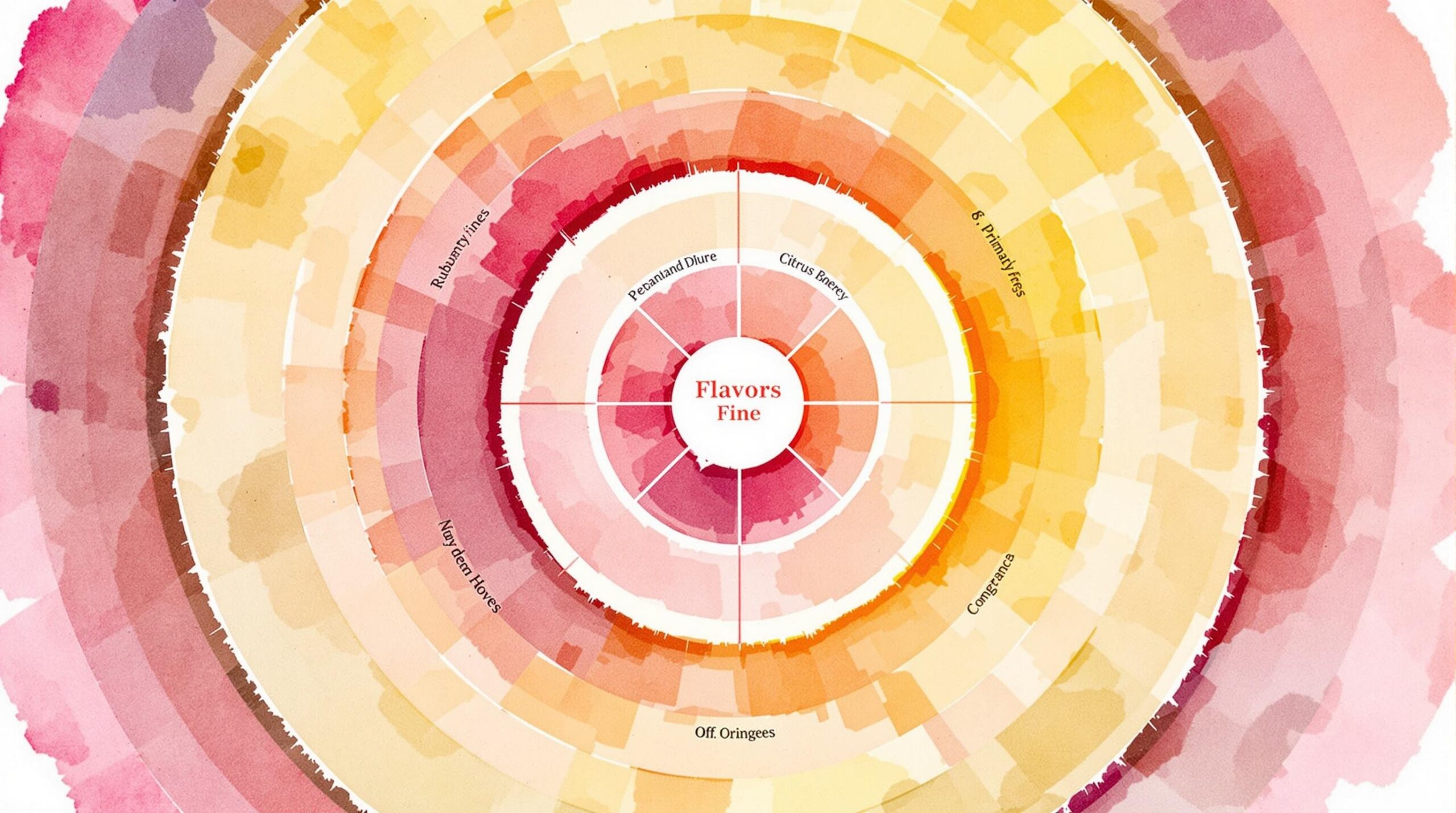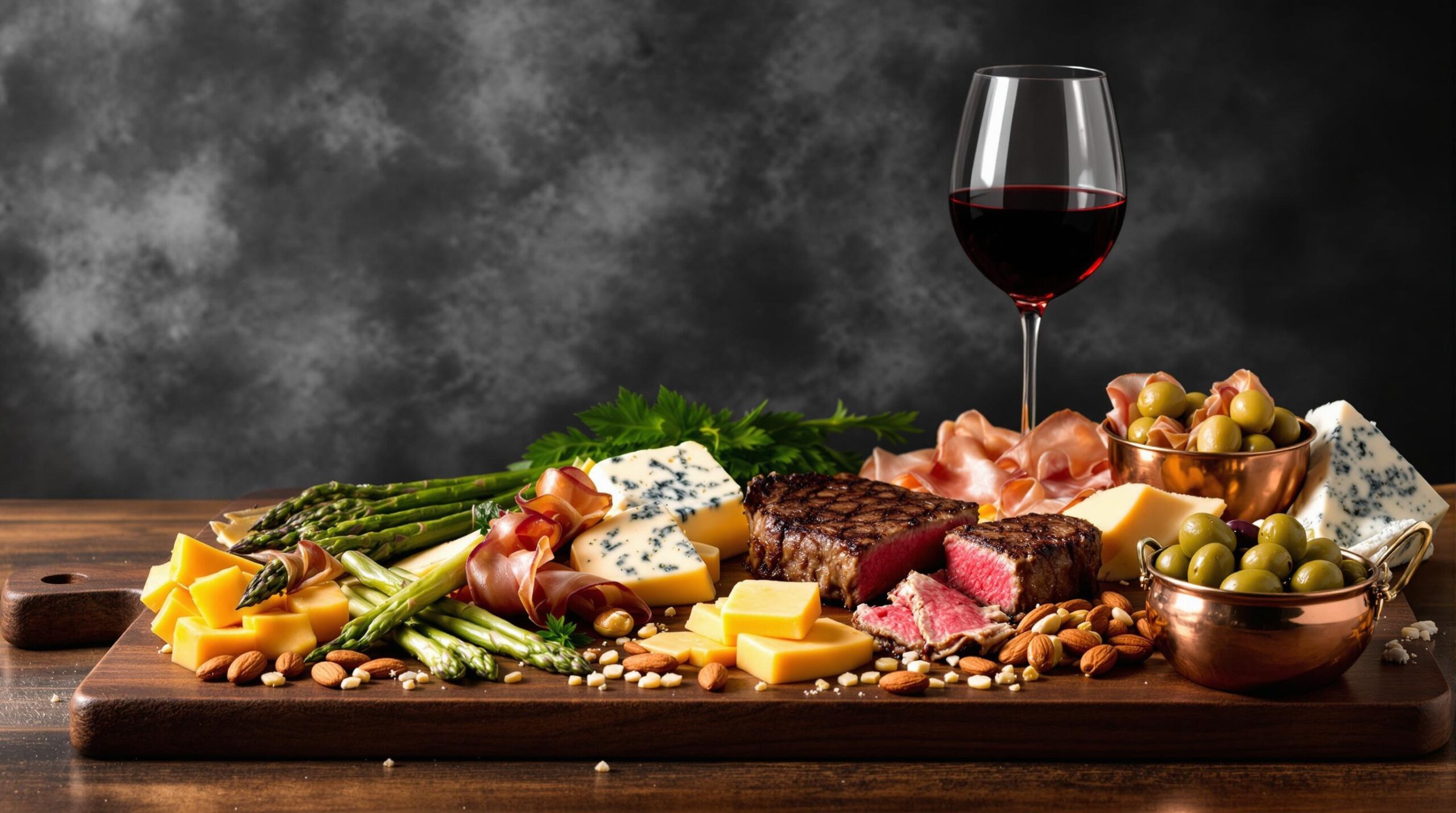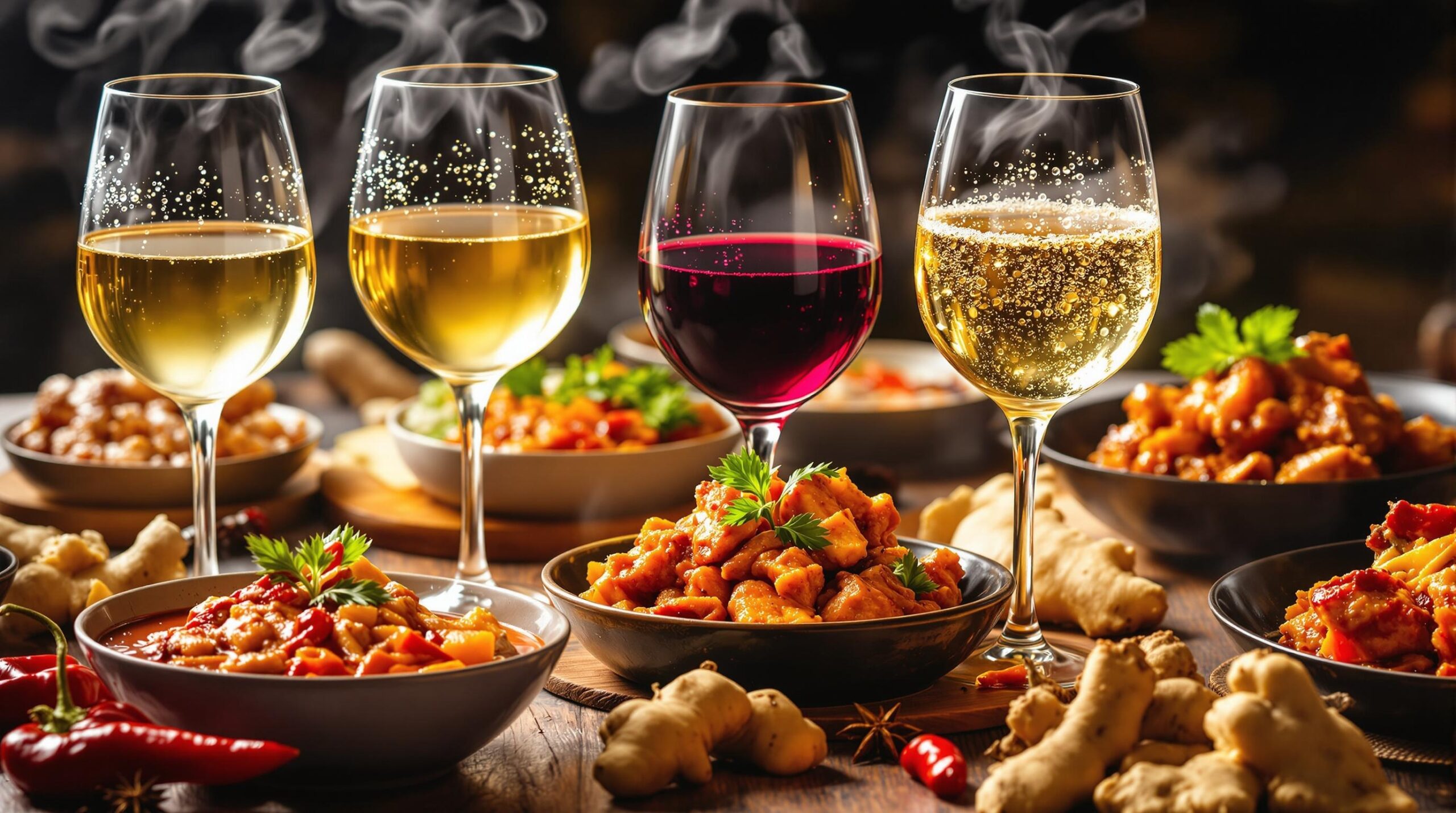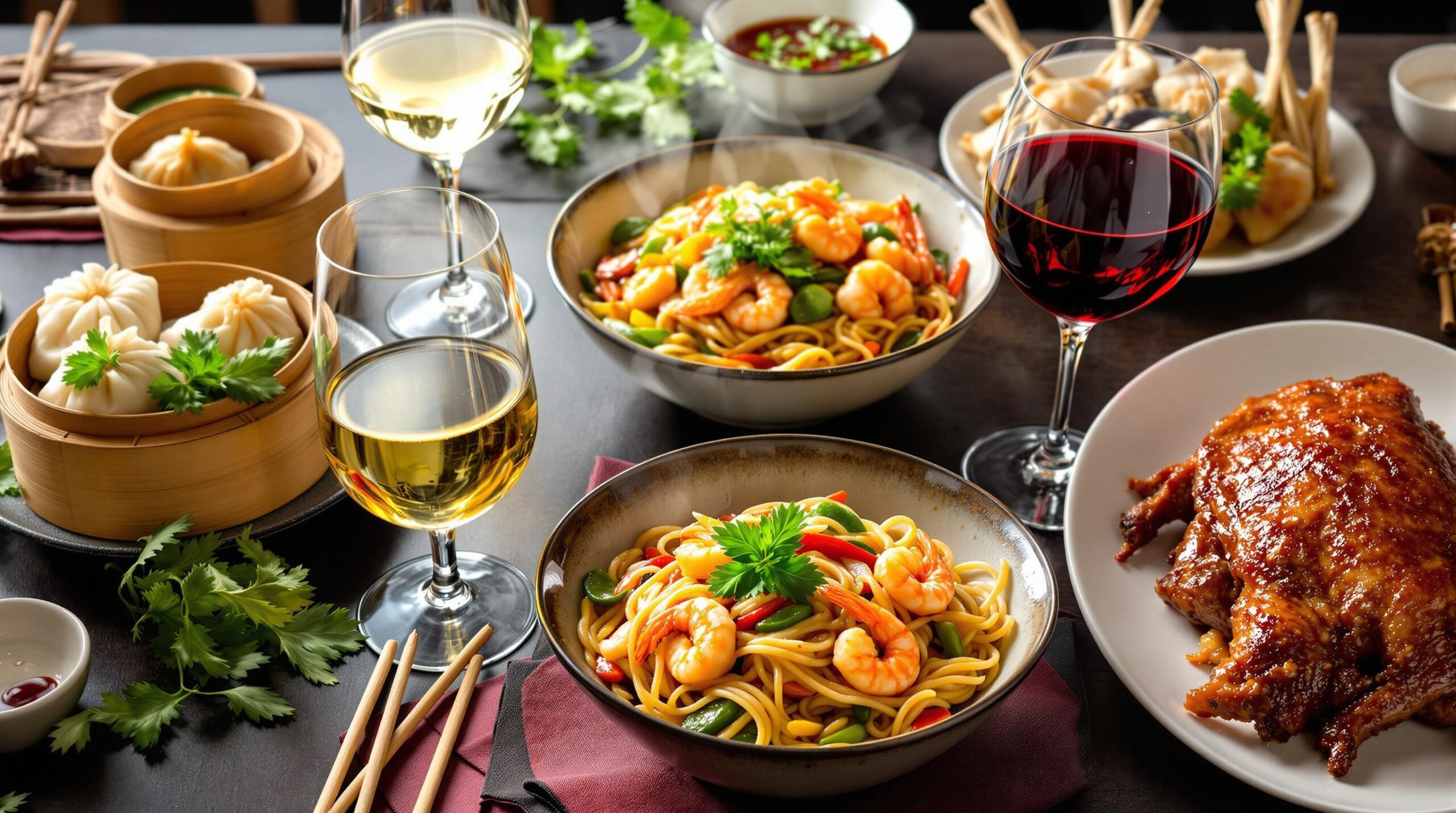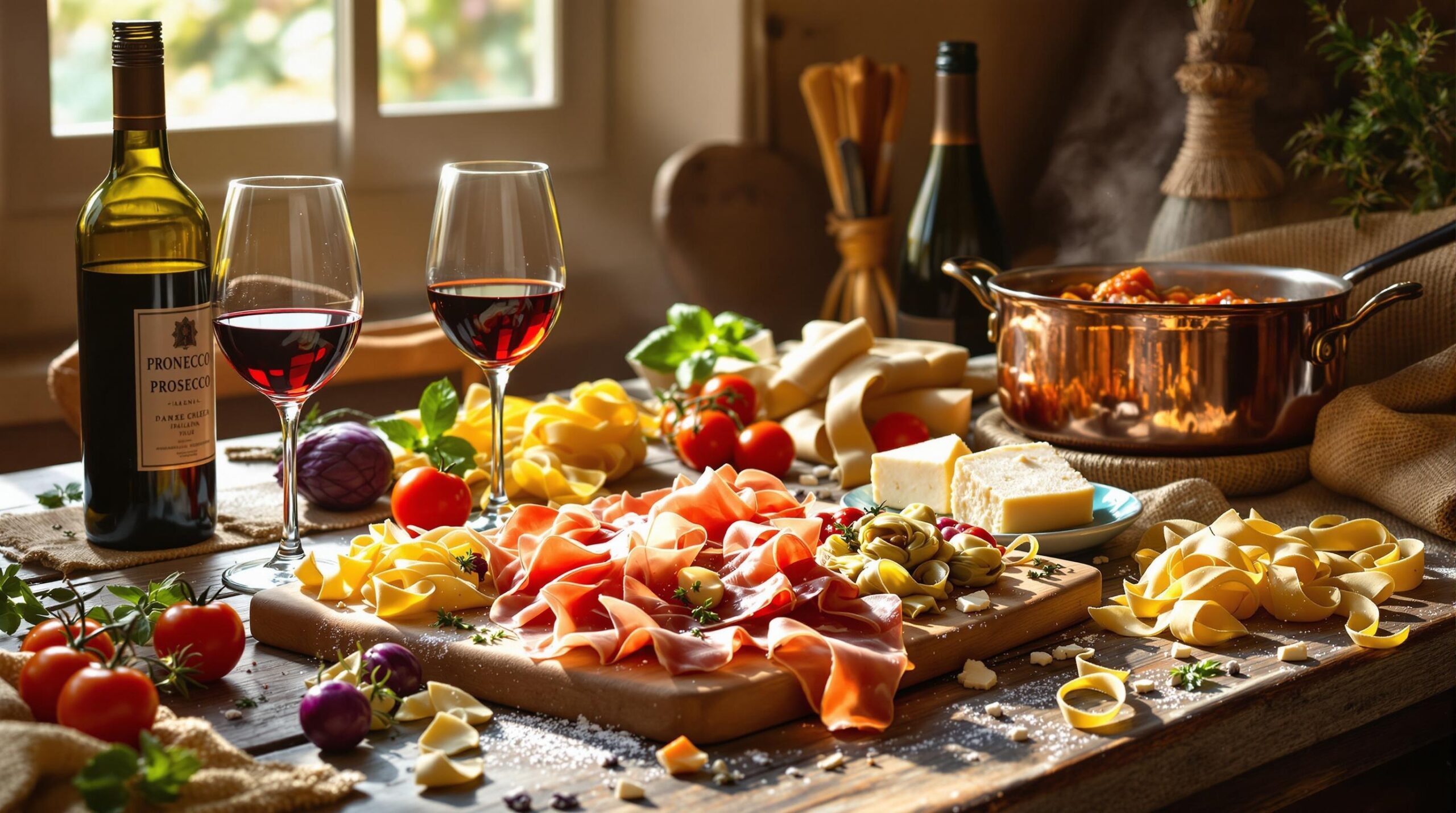Mastering beef pairings transforms an ordinary meal into a memorable dining experience. Whether grilling a ribeye or braising a pot roast, understanding complementary flavors elevates both home cooking and wine selection.
Matching Beef Cuts with Cooking Methods
Tender cuts like filet mignon and ribeye work best with high-heat methods such as grilling or pan-searing. Tougher cuts including chuck and brisket shine through slow cooking or braising.
- Premium cuts (filet, ribeye, strip): 400°F+ grilling/searing
- Middle cuts (sirloin, flank): Medium heat, marinades
- Working muscles (chuck, brisket): Low and slow, 250-300°F
Wine and Beer Selections
Match the intensity of the beef dish with your beverage choice. Lean cuts pair well with medium-bodied reds, while fatty cuts need full-bodied wines to cut through richness.
| Beef Cut/Style | Wine Pairing | Beer Pairing |
|---|---|---|
| Grilled Ribeye | Cabernet Sauvignon | Porter |
| Braised Short Ribs | Malbec | Stout |
| Beef Tenderloin | Pinot Noir | Brown Ale |
Side Dish Companions
Balance is key when selecting side dishes. Rich beef dishes benefit from bright, acidic accompaniments.
- Starchy sides: Roasted potatoes, creamy polenta, wild rice
- Vegetables: Grilled asparagus, sautéed mushrooms, roasted Brussels sprouts
- Fresh elements: Arugula salad, chimichurri sauce, horseradish cream
Seasoning Profiles and Marinades
Enhance beef’s natural flavors with the right seasoning combinations and marinades. Different cuts require specific approaches to maximize their taste potential.
- Basic dry rub ratio: 4 parts salt, 3 parts pepper, 2 parts garlic powder, 1 part paprika
- Tenderizing marinades: Include acidic elements (wine, citrus) for tough cuts
- Flavor-only marinades: Oil-based with herbs for tender cuts
Global Beef Preparations
Draw inspiration from international beef dishes to expand your cooking repertoire. Each culture offers unique preparation methods and flavor combinations.
| Region | Signature Dish | Key Ingredients |
|---|---|---|
| France | Beef Bourguignon | Red wine, pearl onions, mushrooms |
| Korea | Bulgogi | Soy sauce, sesame oil, Asian pear |
| Argentina | Asado | Chimichurri, coarse salt |
Sauce Selection Guide
Choose sauces that complement rather than overpower the beef. Consider the cooking method and cut when selecting your sauce.
- Grilled steaks: Compound butters, peppercorn sauce
- Braised dishes: Natural pan sauces, red wine reductions
- Roasts: Au jus, horseradish cream
For the best results, prepare sauces while meat rests. This timing allows flavors to develop and ensures proper serving temperature.
Temperature and Timing Tips
Master the art of cooking beef to the perfect temperature. Understanding timing and temperature control leads to consistent results.
- Rest times: 5-10 minutes for steaks, 15-20 minutes for roasts
- Internal temperatures:
- Rare: 125°F
- Medium-rare: 135°F
- Medium: 145°F
- Carry-over cooking: Temperature rises 5-10°F during rest
Use a reliable meat thermometer for accuracy. Visual cues can be misleading, especially for inexperienced cooks.
Perfect Pairings: Unlocking Beef’s Full Potential
10 Common Questions About Beef Pairings
- What wines pair best with a ribeye steak?
Full-bodied red wines like Cabernet Sauvignon or Malbec complement ribeye’s rich marbling. The wine’s tannins help cut through the meat’s fat content. - Which herbs enhance beef dishes?
Rosemary, thyme, and sage are classic companions. Fresh herbs work best when added near the end of cooking, while dried herbs should be incorporated earlier. - What sides work well with beef tenderloin?
Roasted vegetables, especially mushrooms and asparagus, complement tenderloin’s lean texture. Creamy potato dishes provide textural contrast. - How do I pair sauces with different beef cuts?
Lean cuts like filet mignon pair well with rich sauces (béarnaise, peppercorn). Fattier cuts like ribeye shine with lighter accompaniments like compound butter or chimichurri. - What cheese works best with beef dishes?
Blue cheese adds depth to steaks, while aged cheddar complements beef burgers. Lighter cheeses like mozzarella work well in beef stir-fries. - Which spice combinations enhance beef flavor?
Black pepper and garlic form a classic base. For complexity, add smoked paprika or cumin. - What beer styles match well with beef?
Porter and stout beers complement roasted beef flavors. For grilled steaks, try amber ales or IPAs. - How do cooking methods affect pairing choices?
Grilled beef pairs well with bold, smoky flavors. Braised beef matches earthy ingredients like mushrooms and root vegetables. - Which vegetables best complement beef dishes?
Root vegetables (carrots, parsnips) work well with roasts. Green vegetables (broccoli, spinach) balance richer cuts. - What are ideal acid components to pair with beef?
Balsamic vinegar, red wine vinegar, or citrus can cut through richness and enhance flavors.
Quick Tips for Perfect Beef Pairings
- Temperature matters – Room temperature beef and wine allow flavors to shine
- Consider the sauce – Match wine to the sauce when it’s the dominant flavor
- Balance textures – Pair tender cuts with creamy sides, tougher cuts with rustic accompaniments
- Regional matching – Italian beef dishes work well with Italian wines
Common Pairing Mistakes to Avoid
- Overlooking the cooking method when selecting wine
- Using too many competing flavors
- Serving wine too warm or too cold
- Overwhelming subtle beef cuts with heavy sauces
Simple Pairing Guide by Cut
| Cut | Wine Pairing | Side Dish |
|---|---|---|
| Ribeye | Cabernet Sauvignon | Roasted potatoes |
| Filet Mignon | Pinot Noir | Grilled asparagus |
| Brisket | Zinfandel | Coleslaw |

